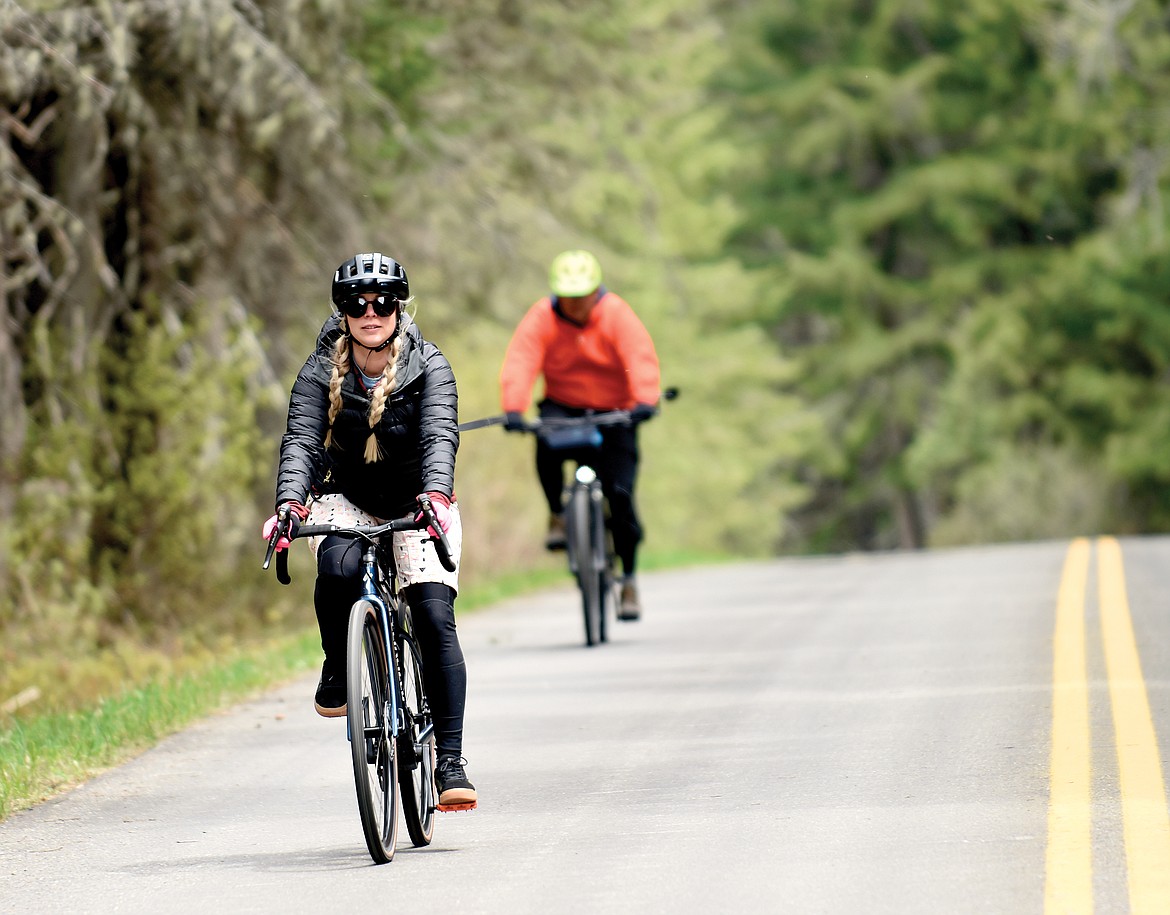New directive allows superintendents to reconsider e-bikes
The National Park Service is directing superintendents to further consider their electric bicycle regulations, but how much impact it will have on Glacier National Park remains to be seen.
Under the Trump administration, then Secretary of Interior David Bernhardt in May 2019 ordered national parks to allow e-bikes where traditional bikes were allowed.
In the 2021 superintendent’s compendium Glacier Park specifically allows e-bikes, with a caveat.
“E-bikes are allowed in Glacier National Park where traditional bicycles are allowed. E-bikes are prohibited where traditional bicycles are prohibited. Except where use of motor vehicles by the public is allowed, using the electric motor to move an e-bike without pedaling is prohibited,” the regulations state.
In other words, a person can’t use an e-bike to coast uphill. Some e-bikes with more powerful motors would allow that.
Another key to Glacier’s regulations is that e-bikes are only allowed where traditional bikes were previously allowed in the Park.
With more than 730 miles of trails, Glacier has only a few trails where bikes are allowed to begin with — the bike path in Apgar, a trail that connects the Grist Road to the Fish Creek Road and the old Flathead Ranger Station Trail.
The rest are closed to bikes, motors or not.
However, the Going-to-the-Sun Road and other roads in the park are popular with cyclists in the spring when they are gated, but open to bikers and hikers.
The Park could potentially reconsider that use under the directive.
“Reconsider whether, where, and under what conditions e-bike use should be allowed on trails or administrative roads… based on the resource conditions of the park, the particular characteristics of the trail or administrative road, conflicting visitor uses, safety concerns, and any other relevant considerations,” the directive notes.
But it doesn’t require parks to change their regs.
“This memorandum does not dictate the substantive result of this reconsideration,” the directive adds.
The new directive was signed by acting Park Service Director Shawn Benge.
E-bikes have seen a surge in popularity in Glacier. The number of e-bikes for rent has grown substantially in the past few years.
Glacier could also take a measured approach, perhaps banning e-bikes from the Flathead Ranger Station Trail as it does run through primitive areas of the park where motorized use in other forms is prohibited.
Park spokeswoman Gina Kerzman said the park is still looking into the matter, but she also noted that the park, as previously mentioned, already doesn’t allow bicycles on most of its trails.
The directive was released by Public Employees for Environmental Responsibility, a group that, along with others, filed suit in 2019 federal court challenging the use of e-bikes in national parks.
They claimed safety is an issue.
“The use of e-bikes on non-motorized trails puts plaintiffs at risk of higher-speed and more dangerous collisions, thus it causes them to avoid or reduce their use of National Park trails that defendants have newly-opened to e-bike use. E-bikes also pose other significant environmental impacts that harm plaintiffs’ enjoyment and use of national parks including, but not necessarily limited to, disturbance of wildlife and trail damage,” the complaint, in part, claimed in 2019.


